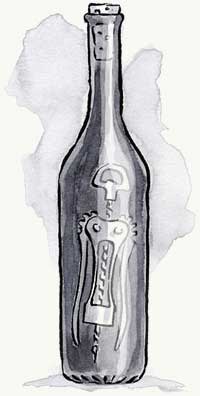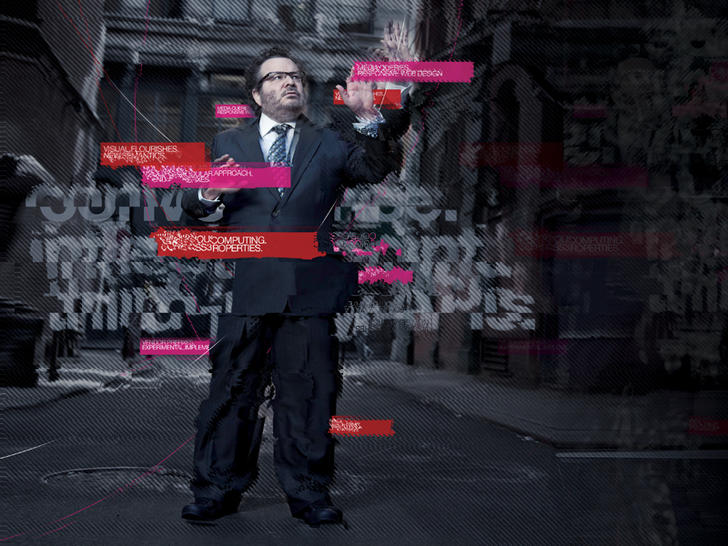A FEW QUICK NOTES from the first hour of A Day Apart: Mobile Web Design, an all-day learning session led by Luke Wroblewski (aka Day III of An Event Apart Seattle), Bell Harbor Conference Center, Seattle, WA:
Audience questions for Luke
- How to take a website for desktop to mobile?
- Do we need to care about non-Webkit?
- Trade-offs between native and web
- How to navigate differences between different versions of Webkit?
- Mobile e-commerce: best practices
- Challenges with different cultures/languages
- Media queries
- If no budget, what can focus on web to make mobile ok?
- How to take a website for desktop to mobile?
- Mobile e-commerce best practices
- Multiple screen sizes and pixel densities
- Time for one project: go mobile or tablet (in e-commerce)
- CMSes and mobile—sigh
- Best practices for page load
WHY MOBILE? Convincing clients/bosses to care
- Of the 50% of total mobile commerce in the US, 70% of it is coming from one iPhone application (eBay).
- eBay: global mobile sales $2 billion in 2010, $600 million in 2009. Real commercial opportunities emerging on mobile.
- Best Buy: mobile web users doubling every year: 30M (2010), 17M (2009), 6M (2008).
- PayPal: mobile transactions increased six-fold in 2009: $25M to $141M.
SOCIAL
- Double-digit (28%) rise in social networking on mobile web.
- Twitter: 40% of tweets sent via mobile, 16% of new users start on mobile.
- Facebook: 200 million active mobile users.
- Instagram: iPhone only app took three months to hit one million users. Six weeks later they hit two million users.
- Mixi (Japan): 85% of page views on mobile vs. 14% 4.5 years ago.
PRODUCTIVITY AND MEDIA
- Google: mobile searches grew 130% in Q3 2010
- Pandora: 50% of total user base subscribes to the service on mobile
- Email: 70% of smartphone users have accessed email on mobile device
“I don’t want to be the record executive clinging to CD sales.”
ADDITIONAL USAGE
Yelp: every other second a consumer calls a local business and generates driving directions from a Yelp mobile app.]]27% of all Yelp searches come from their iPhone application, which had 1.4 million unique users in May 2010.
Zillow.com: Viewing active listings 45% more often from mobile devices (audience is primarily active buyers, on location or scoping out neighborhoods)
Facebook: People who use Facebook on their mobile devices (200M active) are twice as active on Facebook as non-mobile users.
Shift in Usage
Let’s look at Gmail:
- Visitors to web-based emails sites declined 7%.
- Visitors accessing email on mobile devices increased 36%.
But what about mobile web usage?
Twitter Usage
40% of tweets sent via mobile.
16% of new users start on mobile.
Mobile web usage
- Mobile phones will overtake PCs as the most common web access devices worldwide by 2013.
- 600% growth in traffic to mobile websites in 2010.
- Facebook and Twitter access via mobile browser grows by triple digits in 2010.
- Average smartphone user visits up to 24 websites per day.
- Top 50 websites constitute only 40% of mobile visits.
- Opera Mini traffic up 200% year/year.
For more…
Follow the live tweets at afeedapart.com.












